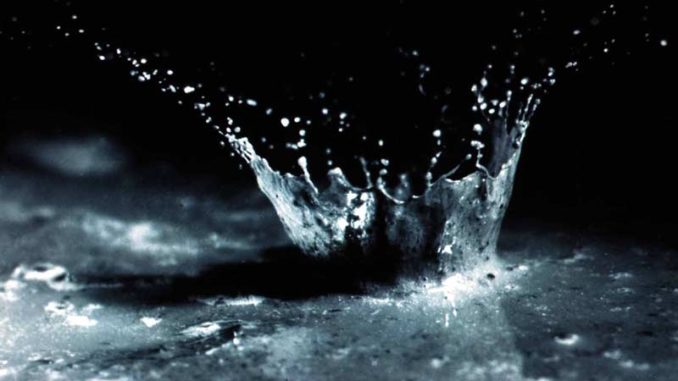
I’m pretty much on my way out the door as I write this, so it’s going to be quick and to the point: the Tampa Bay phosphogypsum wastewater breach is being misreported to drive a catastrophism agenda.
Nearly every local and national report on the subject has been pushing the fact that the water is radioactive, with a secondary concern of its acidity. Both of these are technically accurate but grossly deceptive.
The wastewater is radioactive, certainly. Here’s a link to some of the information about how and why. Readers who visit the link will see that phosphogypsum is radioactive because of infusion of small amounts of radium 226 (which is to say, the element radium which has 88 protons and 138 neutrons – 88+138 gives us the 226).
Radium 226 has a half-life of 1600 years. That means it decays (releases some atomic particles because it’s not fully stable) slowly, and if you have a chunk of it, about half of it will decay over that time period. 1600 years is a long time. Radium 226 is radioactive… but it’s not very radioactive. Now add in the fact that what is in the water isn’t radium but a material which has small amounts of radium in it, and then add to the the fact that most of that material has stayed in place, leaching small amounts into the surrounding water, and what you’re left with is a small percentage of a small percentage of a material with an immense half-life.
It’s scary and will sell papers to worry about the radiation of the water, and it’s technically accurate, but it’s akin to comparing the contents of a septic tank with a public swimming pool.
A similar problem is seen when the acidity is discussed. Yes, the water is somewhat acidic, but it’s not a situation where the stuff is highly destructive. It’s just that everything that shifts away from 7 pH, high or low, is either acidic or basic, releasing hydrogen or hydroxyl ions. Milk is acidic, just not to the level of sulfuric acid (about 6.6 pH vs. 2.8 pH).
In this case, the introduction of the waste products will lower the pH somewhat, with the amount dependent on how much waste is present and the quantity of water, but it’s not going to be excessive.
The concerns about radioactivity and acidity can be seen in what has been considered for ridding ourselves with phosphogypsum waste. From the above article, it’s been used for building construction in Europe, but the slightly higher standards in the US put the level of radioactivity just a bit too high to safely use them. The decay of radium produces radon, with a short half-life and has a fairly short half-life chain where the decay products keep decaying. This means that while a given piece of radium is generally fine, when it does decay it’ll produce not just one ion but a handful of them over the span of a year or so. It’s not terrible, but living inside of it would potentially be bad. Meanwhile, the water is being considered for agricultural use in treatment of clay soils to increase crop yield.
None of this is to say that the collapse isn’t potentially catastrophic, but it is so for reasons other than what the catastrophists present.
A breach will release a 20 foot high wall of water, smashing into whatever is in its path. This is the reason for the evacuations. A giant wave smashing into a house and overturning cars is an immediate threat, and it’s worse when there’s uncertainty about exactly where the break may happen and the wall may flow.
Secondly, the slight acidity and trace elements are likely to trigger an algae bloom. This would not have much effect on most fish in the Tampa Bay or Gulf of Mexico area, and in fact will produce an excess of food for some. The problem is a human one, not primarily an environmental one; while the fish, and especially shellfish, might thrive with the growth of a food source, the internal contaminants will render them potentially toxic to people attempting to consume them.
In practice, this would be a positive result for the environment, as it would lead to not only more creatures but render them useless for human harvest for a while. But it would directly impact the seafood industry in southern Florida and those places it supplies.
There is also a concern about the pollutants leaching calcium from bones and teeth, but this only becomes a concern if the waste finds itself into a contained water supply. Connecting to the water table won’t be a concern because of the massive dilution effects.
The water problem deserves attention, but the catastrophic elements are almost exclusively linked to human concerns: imminent destruction of property and months of contaminated seafood. Those aren’t sexy, they don’t sell many papers and they don’t push Earth Day efforts, so they’re not leading the headlines; the overblown and effectively false narratives are.
